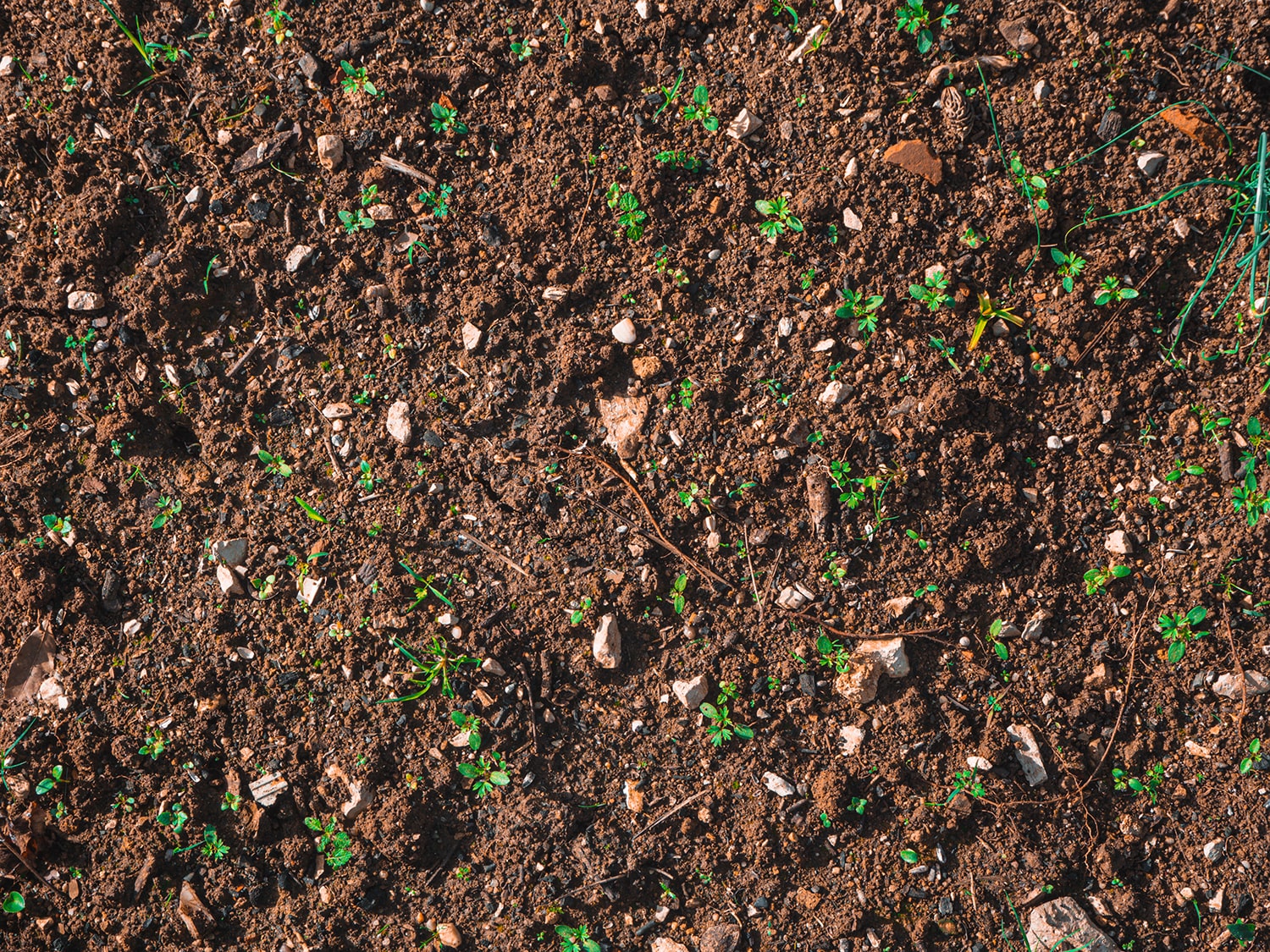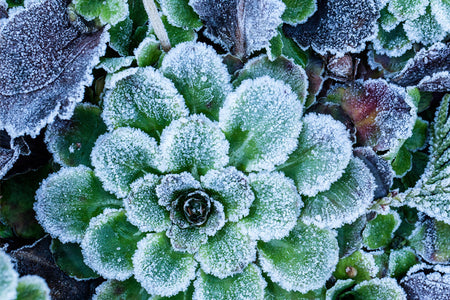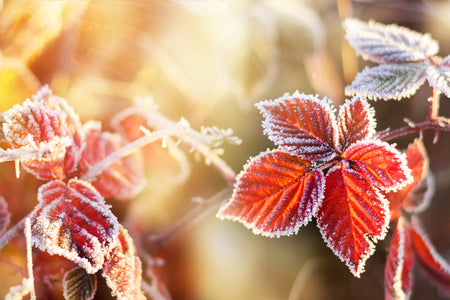If you’re a pet owner, you’ve probably heard some variation of “If it’s too cold outside for you, it’s too cold outside for them.” The same goes for many of your beloved outdoor plants. You need to bring them inside before cold temperatures and frost threaten their survival.
To help, here’s a quick guide on how and when to bring plants inside for winter.
Which plants should you bring inside?
Plants that can be brought indoors either continue to grow throughout the winter or go dormant. This winter dormancy period allows plants to safely shed their leaves while conserving enough energy and moisture to regrow in spring.
Tender bulbs and summer flowers like caladiums, dahlias, tuber roses, and elephant ears typically enter dormancy. These are usually expensive plants, too — another reason you shouldn’t leave them to die in the cold.
Annuals and tropical plants like fuchsias, begonias, and mandevillas, on the other hand, actually thrive indoors during winter. They may even give you a bloom or two, offering a sneak peek of what’s to come in spring.

When to bring plants inside for winter
For best chance of survival, bring tender plants and annuals indoors before nighttime temperatures fall below 45 degrees. To be on the safe side, especially if you have tropical plants, bring them in when it’s 60 degrees at night.
How to bring plants inside
Before you bring your plants indoors, show them a little TLC with a rinse bath and trim. Remove dust, dirt, and any dead or unhealthy growth. Check for pests to ensure they don’t make their way into your home and infect your other houseplants. Plant pests are sneaky, so be sure to check hiding spots in the soil, on and under leaves, and the pot’s drainage holes.
Finally, remember to give them the proper amount of the following elements:
- Sunlight. Slow and steady wins the race, so gradually acclimate plants to a lower lighting level. For example, if the plant is used to being in full sun, place it in a less sunny spot outside for a few days (until the night temperatures drop below 45 degrees, of course). Then, move it to your sunniest rooms and windowsills and keep the thermostat between 60 and 70 degrees. (Don’t worry if a leaf or two drops during this adjustment period. Your plants will bounce back.)
As far as dormant plants, you don’t have to change much about their transition from outdoors to indoors. They, too, enjoy a 70 degree-room and prefer non-drafty places to rest until spring. Just water them less and don’t worry about fertilizing them.
- Air circulation. Without proper air circulation, your indoor plants won’t receive the nutrition or energy they need. They’ll become damp and create a hotspot for insects and bacteria. To improve your house’s air flow and quality, keep your plants near windows, buy fans, and use an adequate exhaust system.
- Water. Both underwatering and overwatering plants can lead to death. For guidance on whether or not to water your plant, check its soil. If it looks and feels dry, it needs to be watered. Consider the health of the leaves, too. Yellowing or brown spots are classic signs of overwatering.
Moving your outdoor plants inside doesn’t require a lot of time or labor. Knowing when to bring plants inside for winter allows you to give them the same care you did all spring and summer and enjoy their beauty throughout the cold winter.







